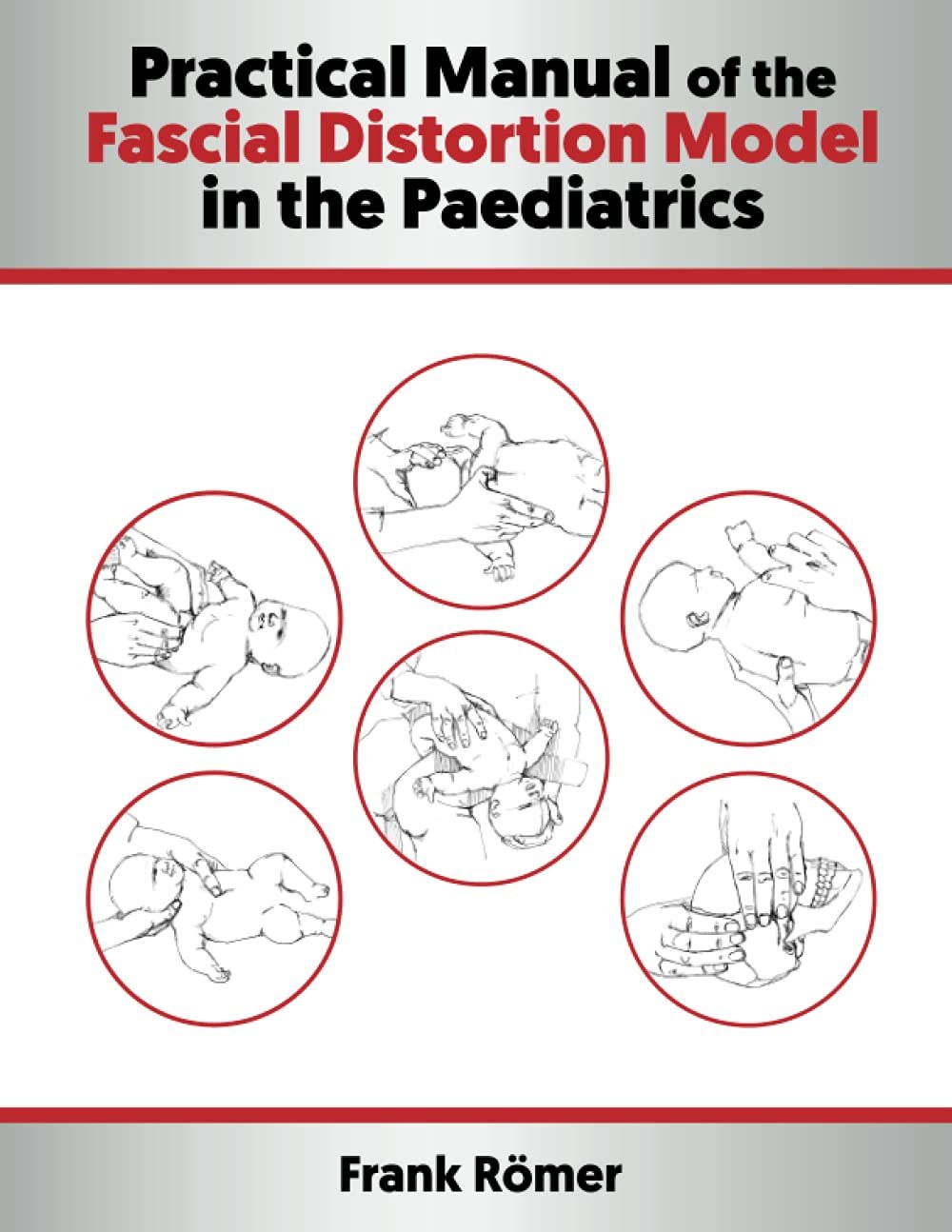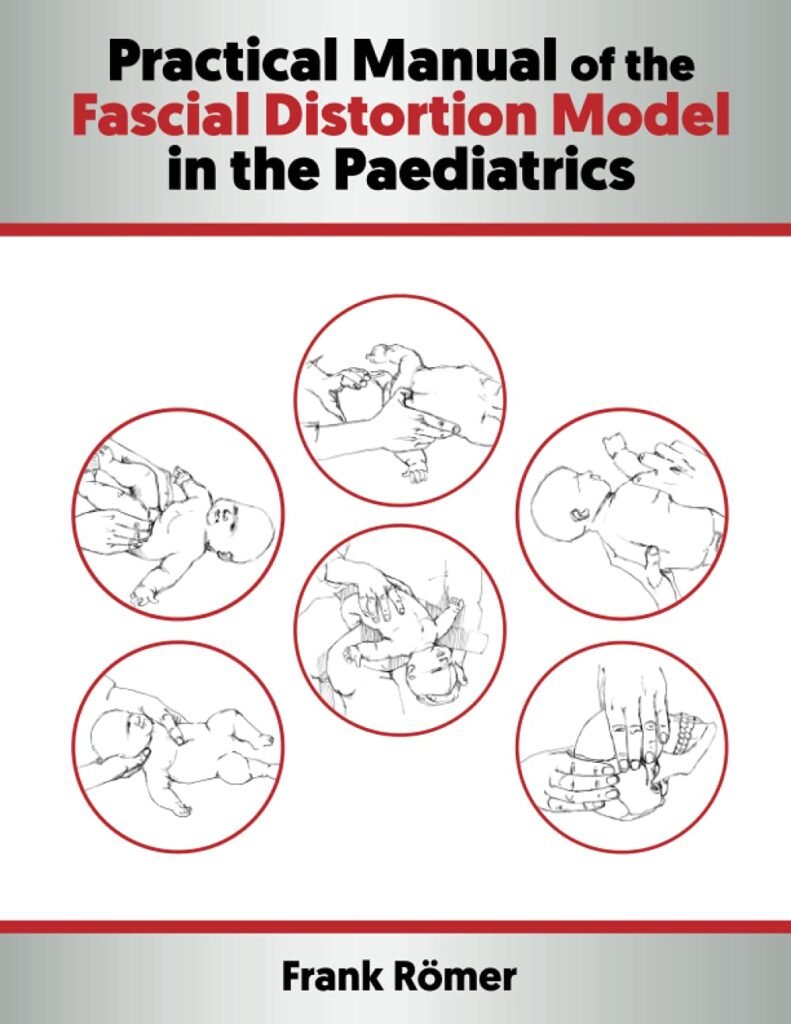Dive into the world of pediatric care with the “Practical Manual of the Fascial Distortion Model in the Paediatrics Paperback – February 10, 2021.” This comprehensive guide explores innovative techniques designed to diagnose and treat common musculoskeletal issues in children. You will gain valuable insights into the Fascial Distortion Model (FDM), a breakthrough approach that addresses pain and dysfunction by focusing on the body’s fascial tissues. Whether you’re a healthcare professional looking to expand your expertise or a parent seeking to understand your child’s physical health better, this practical manual offers clear, evidence-based strategies that you can apply with confidence. Have you been searching for a comprehensive guide on the Fascial Distortion Model (FDM) specifically tailored to paediatrics? The “Practical Manual of the Fascial Distortion Model in Paediatrics Paperback – February 10, 2021” may just be what you need!
Overview of “Practical Manual of the Fascial Distortion Model in Paediatrics”
The “Practical Manual of the Fascial Distortion Model in Paediatrics Paperback – February 10, 2021” is a compelling guide aimed at healthcare professionals who work with children. It’s especially useful for those who are eager to understand and implement the Fascial Distortion Model (FDM) in paediatric treatments. Whether you’re a seasoned practitioner or new to the field, this manual has something to offer.
Purpose of the Manual
The primary aim of this manual is to provide practitioners with actionable insights and easy-to-follow techniques. From understanding the theoretical underpinnings of FDM to hands-on manipulation procedures, this book covers it all.
Publication Date and Format
Being published on February 10, 2021, this manual is relatively up-to-date and reflects the latest advancements in the field. It’s available in a convenient paperback format, making it easy to carry around and reference as needed.
Why Focus on Paediatrics?
Fascial Distortion Model (FDM) is a relatively new but effective approach to treating musculoskeletal disorders. By focusing specifically on paediatrics, this manual fills a niche that has long been ignored in medical literature. Children have unique physical and psychological needs, and this guide aims to address those complexities.
Practical Manual of the Fascial Distortion Model in the Paediatrics Paperback – February 10, 2021
Key Features of the Manual
Let’s dive into some of the standout features of the “Practical Manual of the Fascial Distortion Model in Paediatrics.”
Comprehensive Content
The manual is packed with detailed and extensive content that focuses on the application of FDM in paediatric patients. Pages are filled with photographs, diagrams, and step-by-step instructions to make the learning process straightforward and engaging.
Accessibility
What’s special about this guide is its accessibility. Even if you’re not an expert in FDM, the book guides you step-by-step. Complex terms and concepts are explained clearly so that anyone can grasp them without much hassle.
Practical Applications
One of the strongest features of this manual is its emphasis on practical applications. Unlike other texts that bury you in theory, this guide ensures that you’re equipped with skills you can apply immediately in a clinical setting.
| Feature | Description |
|---|---|
| Content Depth | Detailed and extensive coverage of FDM for paediatrics. |
| Language | Easy to understand, perfect for both experts and novices. |
| Practicality | Focuses on actionable techniques and real-world applications. |
| Illustrations | Includes many diagrams and photographs for clarity. |
| Up-to-Date | Latest insights, having been published in 2021. |
Deep Dive into the Content
Here’s where we get into the nitty-gritty details of what’s covered in the manual.
Introduction to FDM in Paediatrics
The initial chapters are dedicated to introducing the Fascial Distortion Model as it pertains to paediatrics. You’ll learn about the six principal types of fascial distortions and how they manifest in children, differing from adult presentations.
The Six FDM Types
Understanding the six types of fascial distortions is crucial for effective treatment. These are:
- Triggerbands: Linear distortions often perceived as a ‘twisted rope’ in the fascia.
- Continuum Distortions: Focal points where fascial tissue seems to ‘bunch up.’
- Folding Distortions: Distortions that occur at junctions, such as joints.
- Cylindrical Distortions: Spiral-like distortions that occur around cylindrical structures like the arms or legs.
- Tectonic Fixations: Areas where fascia seems locked and immovable.
- Fluctuations: Abnormal fluid dynamics within fascial planes.
Child-Specific Considerations
Children aren’t just small adults; they have unique anatomical and psychological considerations. This section covers:
- Growth Plates: Understanding how active growth regions impact FDM.
- Psychological Aspects: Techniques for ensuring a child’s comfort during treatment.
- Parental Involvement: How to guide parents through the treatment process.
Techniques and Procedures
Here’s where the manual shines by offering detailed, step-by-step guides on how to perform specific FDM techniques on paediatric patients. Each section is bolstered by real-case examples and evidence-based practices.
Manipulation Techniques
You’ll find in-depth instructions on a variety of manipulation techniques tailored for children’s bodies. These include gentle adjustments to more involved manipulations, all tailored to suit different age groups and conditions.
Diagnostic Procedures
Before you can treat, you need to diagnose accurately. The manual guides you through the process of identifying fascial distortions in children. Emphasis is placed on non-invasive and child-friendly diagnostic methods.
Case Studies
Nothing drives a point home like real-world examples. This section includes various case studies that illustrate common issues and how they were successfully treated using FDM. These stories serve as valuable teaching tools and offer reassurance that these techniques work in practice.
Who Should Use This Manual?
This manual is ideal for a range of healthcare professionals:
Chiropractors
If you’re a chiropractor working with paediatric patients, this book will provide you with the additional tools necessary to expand your treatment repertoire.
Physical Therapists
Physical therapists will find this manual invaluable for incorporating FDM into their therapeutic approaches, offering more comprehensive care to young patients.
Osteopaths
Osteopaths can benefit tremendously from the detailed guidelines and evidence-based techniques covered in this manual.
General Practitioners
Even if you’re a general practitioner, having a basic understanding of FDM can make a significant difference in how you approach musculoskeletal issues in children.
Parents
While the manual is primarily aimed at professionals, parents keen on understanding the treatment their children are undergoing will find it informative and reassuring.
Benefits and Drawbacks
Every product has its pros and cons. Here’s a balanced look at what you can expect.
Benefits
Depth of Knowledge
The manual offers an extensive look at FDM in paediatrics, more than any other text currently available.
Practical Focus
The emphasis on practical application means you can start using what you’ve learned almost immediately.
User-Friendly
Its simplified language makes it accessible to professionals at all levels of expertise.
Drawbacks
Cost
High-quality content sometimes comes at a price. The manual is not the cheapest on the market, but considering the depth and breadth of information, it’s a worthy investment.
Specificity
This manual is highly specialized, focusing solely on paediatrics. If you’re looking for more general information on FDM, you might need additional resources.
Conclusion
The “Practical Manual of the Fascial Distortion Model in Paediatrics Paperback – February 10, 2021” stands out as an exceptional resource for healthcare professionals working with children. Its detailed, step-by-step guides make it a practical tool that can be readily used in clinical settings. While it may be a bit of an investment, the depth of knowledge and practical focus it offers make it a valuable addition to any professional library.
With easy-to-understand language, ample illustrations, and a practical focus, this manual prepares you for immediate application in the clinical setting. Whether you’re a chiropractor, physical therapist, osteopath, general practitioner, or even a concerned parent, this manual offers a wealth of knowledge that can help you navigate the complexities of paediatric fascial distortions effectively.
So, are you ready to elevate your paediatric care game with the Fascial Distortion Model? This manual might just be the key resource you’ve been looking for.
Disclosure: As an Amazon Associate, I earn from qualifying purchases.





